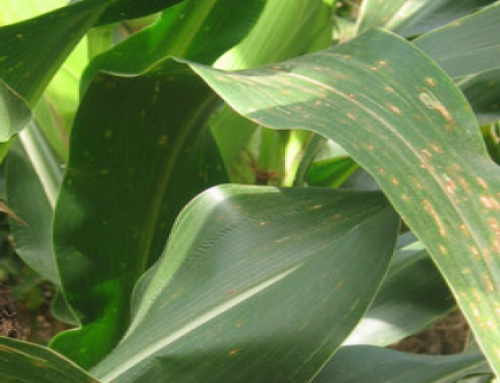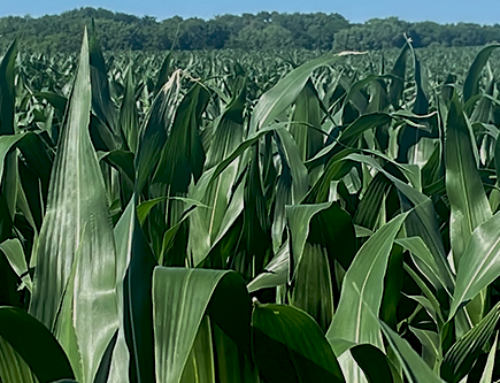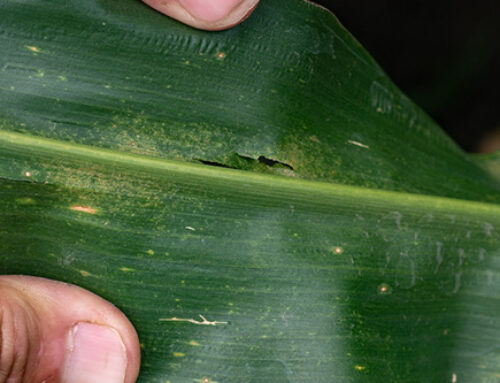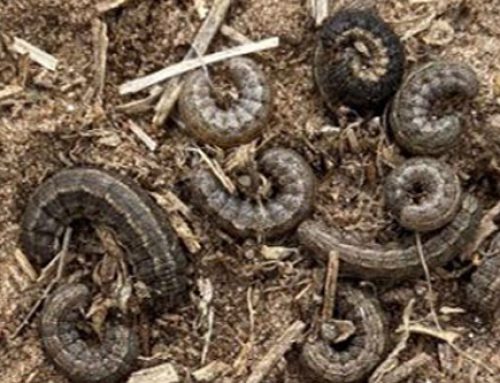It is that time of year again when it becomes necessary to treat the late season lepidoptera species that can infest your corn crop.
The most predominant pests this time of year are normally the two species of corn borer. These worms bore into the ear or the stalk of corn plants causing economic damage.
Here in southwest Kansas and the Oklahoma and Texas Panhandle, the predominant species is the southwestern corn borer. This species is considered a highly aggressive late season pest. We will also see European corn borer infestations, but this worm is not considered as aggressive as the southwestern corn borer. Both species receive their name from their ability to bore into the stalk of the corn plants later in the season. They hollow the stalk out, causing late season standability and harvest concerns.
Southwestern and European corn borers typically have two generations per growing season. The first generation will be present in the whorls of younger corn plants. As this first generation completes its lifecycle, the second generation moths emerge and lay their eggs in late July to early August. The second generation causes the primary concern as they are the ones that bore into the stalks of the corn plant to overwinter in the crown, thus severely weakening the stalk.
Another late season pest that is gaining more attention every year is the western bean cutworm. This species typically lays their eggs in early to mid-July and predominately feed in the ears.
In the last 10 to 15 years, with the advent of various insect resistant genes, most of these pests can be controlled by hybrid selection. The Bt trait was first developed to control the European and southwestern corn borer species. The early Bt genes did not control western bean cutworm larvae. Most of the newer genetics, have a form of the Bt gene that will also control western bean cutworm.
All corn hybrids that contain Bt genetics, require a refuge. When this technology was first introduced, 80 percent of a farm could be planted to Bt genetics (50 percent in cotton growing areas). This meant that 20 percent of the corn crop typically was susceptible to a corn borer infestation. It is becoming more common to see this refuge seed contained in the bag as either a five or ten percent blend with the Bt trait. When the refuge is in the bag, treatment for these pests is typically not necessary.
Conventional methods of control used for these pest are the pyrethroid family of insecticides, which normally provide three to four weeks of residual activity against these pests. They offer very good performance on all lepidoptera species and can readily be tank mixed with other insecticides or fungicides, and are commonly included with one of the above applications on non Bt corn hybrids.
Written by: Jason Reimer, Ulysses, KS
Gallery Images
European Corn Borer, Frank Peairs, Colorado State University, Bugwood.com
Southwestern Corn Borer, Frank Peairs, Colorado State University, Bugwood.com
Western Bean Cutworm, Adam Sisson, Iowa State University, Bugwood.com





